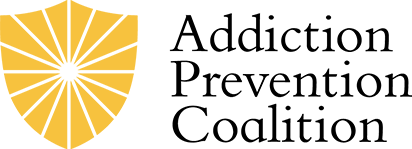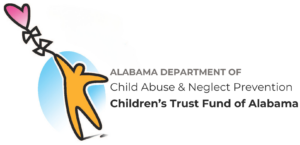If you were alive in 1981, then you know June 5. You know the day when the CDC announced to the world that there was a problem. The CDC provided the medical details of five people, who were about to change the world and medicine. Those five people have remained nameless. Those five people probably did not know that their skin lesions and the respiratory distress that they felt was going to change the world.
On June 5, 1981, the Centers for Disease Control and Prevention (CDC) published their Morbidity and Mortality Weekly Report (MMWR), which provided the medical details of five young, gay men that were residents of Los Angeles.[1] Prior to this time, all of the men had been healthy. Now, their immune systems seemed to be failing, and the had developed Pneumocystis carinii pneumonia (PCP) and other serious illnesses.
Major media sources reported on the MMWR, and within days, the CDC was receiving dozens of reports of cases that were similar to those detailed in the MMWR. [2] Once again, the PCP and other opportunistic infections were appearing in gay men, who had previously been healthy. There were also a number of cases of Kaposi’s Sarcoma (KS), which is a rare, aggressive type of cancer. [2] The cases of KS were appearing among groups of gay men in New York and California. [2]
By early July, the CDC had released another MMWR on the cases of KS and PCP that had appeared in 26 gay men in New York and California. [2] Shortly after, the New York Times published an article, Rare Cancer Seen in 41 Homosexuals, which brought the term “gay cancer” into the public’s lingo. [2]
 By the end of 1981, there were a total of 270 of severe immune deficiency that had appeared among gay men, and 121 of those individuals had died. [2] By this time, some were had already named this condition GRID, which stood for Gay-Related Immune Deficiency. [2] This name would go on to change the perception of HIV forever. It would create the idea that HIV and AIDS were illnesses, which were only related to gay men.
By the end of 1981, there were a total of 270 of severe immune deficiency that had appeared among gay men, and 121 of those individuals had died. [2] By this time, some were had already named this condition GRID, which stood for Gay-Related Immune Deficiency. [2] This name would go on to change the perception of HIV forever. It would create the idea that HIV and AIDS were illnesses, which were only related to gay men.
During 1982, medical doctors and scientist worked tirelessly to determine the cause of the cases of immune deficiency. Finally in September of 1982, the CDC used the term AIDS. AIDS is the acronym for Acquired Immune Deficiency Syndrome. The CDC also released a definition that defined AIDS as: “a disease at least moderately predictive of a defect in cell-mediated immunity, occurring in a person with no known case for diminished resistance to that disease. [2]
It is wild how such a short period of time has left a lasting impression on the world and medicine today. Forty years later, and there are still misconceptions about HIV only being a disease that is contracted by people who are gay. According to the CDC, in Alabama, the contraction of HIV by those who inject drugs and people who identify as heterosexual are significant and continuing to grow. [3] Many people think that they are not at risk for HIV, because they are not gay. The statistics suggest otherwise.
The early identification of HIV as a disease that was only a problem for gay men created the idea that you had nothing to worry about unless you were gay. Unfortunately, that mindset still last for many today. It has also created the idea that if you are positive for HIV, then you are gay. There are various ways to contract HIV, so that is not always the case.
The harsh reality is the way that the CDC and other medical organizations handled the discovery of HIV/AIDS in the early 1980s is still having an impact on the world of medicine today. There are still certain attitudes and ideas that exist. 
This has created a new hurdle for today’s prevention specialists, advocates and researchers. Today’s prevention specialist, advocates and researchers are tasked with working to break the stigma that still exists forty years after the MMWR was published by the CDC. They are working tirelessly to educate citizens and explain the importance of getting tested for HIV and knowing your HIV status. They are working to educate people on how to reduce their risk of contracting HIV. They are working to educate people on the importance of PrEP and anti-retroviral therapy.
In 2021, the battle against HIV continues. Forty years later, it is still a familiar battle. It is the battle to continue to break social stigmas and provide accurate education.
Getting tested for HIV is easy!
You can find a testing location near you by searching this map
https://www.cdc.gov/hiv/basics/hiv-testing/finding-tests.html
You can also an at home test that has been approved by the FDA. Go HERE to request a test kit.
References:
- https://www.cdc.gov/mmwr/preview/mmwrhtml/june_5.htm
- https://www.hiv.gov/sites/default/files/aidsgov-timeline.pdf
- https://www.cdc.gov/nchhstp/stateprofiles/pdf/Alabama_profile.pdf









